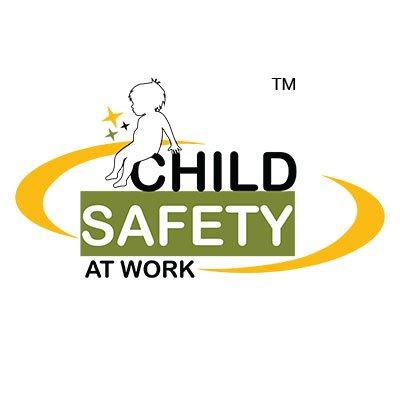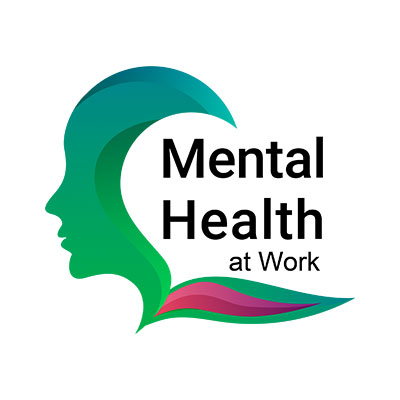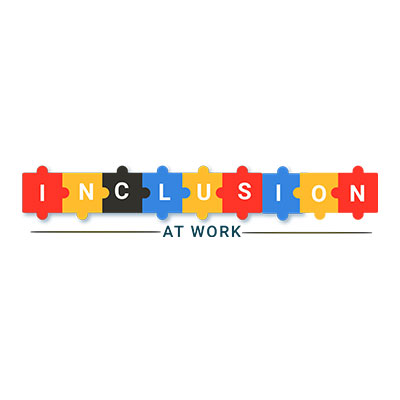With the spread of the COVID-19 pandemic even the limited gains made in the past decades are at risk of being rolled back. The pandemic is deepening pre-existing inequalities, exposing vulnerabilities in social, political and economic systems which are in turn amplifying the impacts of the pandemic. Across every sphere, from health to the economy, security to social protection, the impacts of COVID-19 are exacerbated for women and girls simply by virtue of their sex.
This policy brief focuses on each of these issues in turn, exploring how lives of women are changing in the face of COVID-19, and outlining suggested priority measures to accompany both the immediate response and longer- term recovery efforts.
(A) Economic Impacts
Emerging evidence on the impact of COVID-19 suggests that, women’s economic and productive lives will be affected disproportionately and differently from men. Across the globe, women earn less, save less, hold less secure jobs. It is possible to project that the impacts of the COVID-19 global recession will result in a prolonged dip in women’s incomes, they are likely to fall back into this most vulnerable of situations once again.
Economic Recovery Measures
Equal opportunities, social protection schemes that factor in existing biases, financing for women entrepreneurs and mechanisms to promote self-employment. Such economic responses would include both the public and private spheres. Access to benefits such as health insurance, paid sick and maternity leave, pensions and etc.
It is recommended that national response plans: Put cash in women’s hands; Introduce measures that can either be; Implemented with low transaction costs; Use pre-existing national social protection; Programs and adapt targeting methodologies for COVID 19; Introduce measures to alleviate the tax and etc.
How can the UN help?
The UN can provide gender analysis and sex-disaggregated data to inform national policies, including those related to COVID-19 response programs and policies. They can also advise governments the most effective ways to put cash in women’s hands.
(B) Health Impacts
Women make up 70 percent of the health workforce and are more likely to be front-line health workers, especially nurses, midwives and community health workers. Women and girls have unique health needs, but despite all this, women are often not reflected in national or global decision-making on the response to COVID-19.
How can national responses address the health impacts of COVID-19?
Health care response must facilitate the development and dissemination of targeted on public health to the different contexts and concerns of women and girls. Accurate COVID-19 prevention and medical information should also be distributed in conflict-affected contexts to reach all women and girls.
How can the UN help?
UN supports the strengthening of health systems from a gender perspective in order to respond to the pandemic. UN advocates for support to countries with weak public health and social support systems, including countries in humanitarian situations, and supports awareness-raising especially targeted to women and girls.
(C) Unpaid Care Work
Before COVID-19 became a universal pandemic, women were doing three times as much unpaid care and domestic work as men. This unseen economy has real impacts on the formal economy, and women’s lives. Women are at the forefront of the COVID-19 response as, the default unpaid family caregivers and the majority of unpaid or poorly paid community health workers.
What measures are needed to build a gender-inclusive economic response and recovery?
Women’s unpaid care work has long been recognized as a driver of inequality. It has a direct link to wage inequality, lower income, poorer education outcomes, and physical and mental health stressors. The unpaid and invisible labour in this sector has been exacerbated exponentially by the COVID-19 pandemic.
How can the UN help?
The UN’s strategy to tackle the issue of unpaid care work goes beyond merely increasing the visibility of unpaid work. The UN advocates for sufficient and affordable water, sanitation, and hygiene services as well as electricity supply to rural and remote areas to support women’s productive and unpaid care and domestic work.
(D) Gender-based Violence
Violence against women and girls is increasing globally as the COVID-19 pandemic combines with economic and social stresses and measures to restrict contact and movement. Crowded homes, substance abuse, limited access to services and reduced peer support are exacerbating these conditions. Gender-based violence prevention strategies need to be integrated into operational plans of the justice and security sectors for the crisis and statutes of limitations on offenses, particularly sexual violence offenses, should be suspended.
How can the UN help?
The United Nations is committed to integrating these steps into our own responses across the board, including in humanitarian emergencies. Officials will advocate with governments to include measures to protect women from violence as a standard part of their immediate response to the COVID-19 pandemic,
(E) Impacts in Humanitarian and Fragile Settings and on Human Rights
Restrictions on the movements of police and security forces can create a rule of law vacuum in remote communities and increase the prevalence of sexual and gender-based violence and the targeted killings of women human rights defenders. Putting women and girls at the centre of economies will fundamentally drive better and more sustainable development outcomes for all, support a more rapid recovery, and place us back on a footing to achieve the Sustainable Development Goal.








